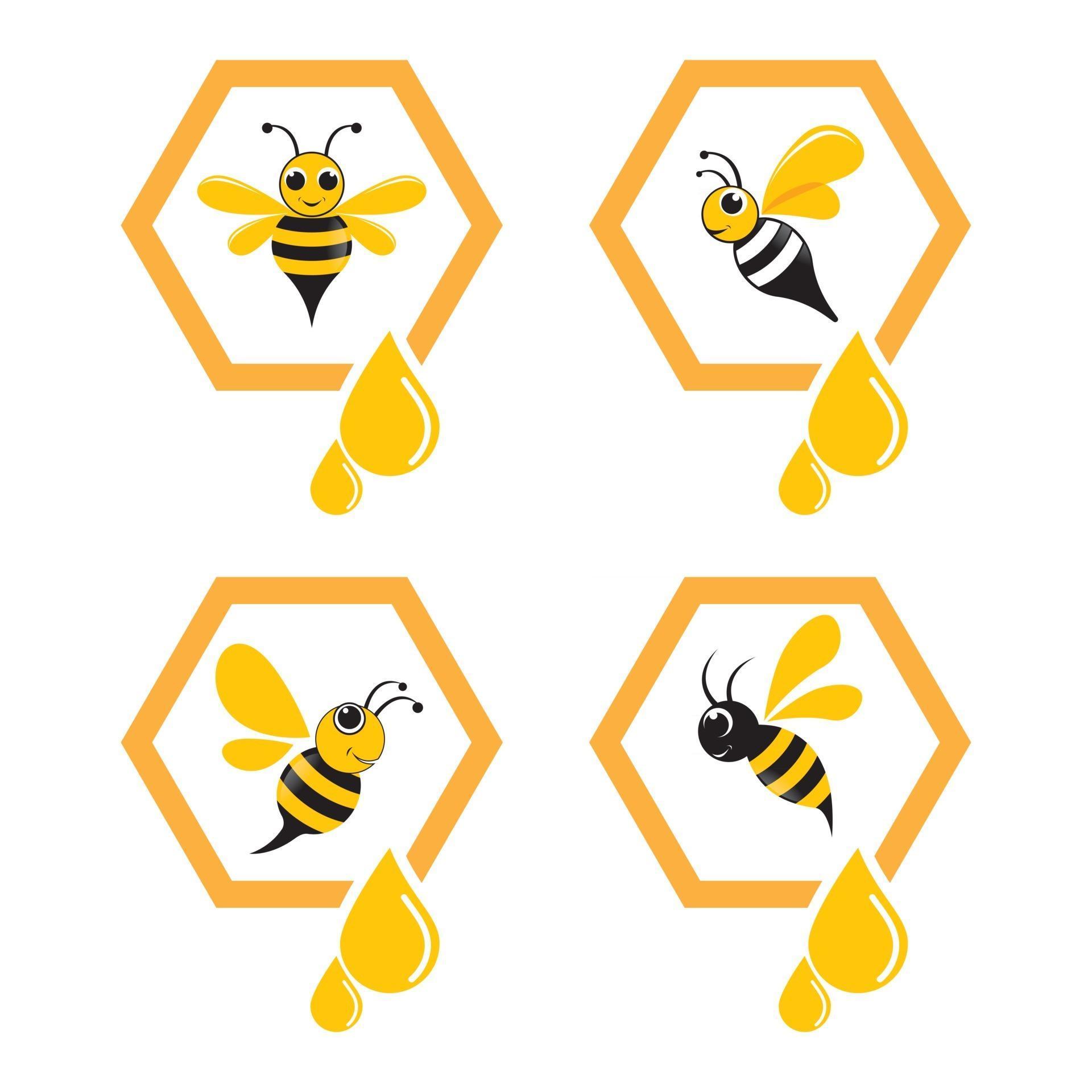

In enlightened Europe and even more so in the young United States, the symbolism was transformed to reflect a new democratic ideology. 8 Thus the bee as a symbol of kingship persisted in Western culture throughout the Middle Ages and Renaissance. Louis XII of France (1462–1515) showed his kingly mercy by using bees in his insignia along with the phrase “The king whom we serve does not use his sting.” 7 In Shakespeare’s Henry V (1599), the Archbishop of Canterbury uses bee society as the exemplar of human society, to “teach the art of order to a peopled kingdom,” with a king, soldiers, workers, and drones. 6 Candles used at the Christian altar are made from beeswax, thus linking bees to worship. In 1259, Thomas of Cantimpré compared Christianity with bees and focused on the one king-the pope-who reigns in kindness and does not sting. Ambrose 4 and Thomas Aquinas 5 both equated the colony of bees with the kingdom of God. 3 Christians wrote about the positive attributes of bee society, with Jesus as their leader and themselves as his hive. Early Christians carved beehives on tombs as a symbol of the immortality brought by Jesus’s Resurrection. In the New Testament, John the Baptist survives on locusts and wild honey, and honey is a symbol for sweetness (Rev.

The honey they produce is a symbol of bounty and goodness, as in a land of milk and honey. 7:18)-negative symbolism, but still symbolism of power. 2 In the Old Testament, bees chase (Deut. Bees and beehives were symbols for royalty, and thus divinity, in ancient Egypt and other societies. This photo essay presents uses of the beehive in its historical and sacred settings in Mormonism.Īnciently, the beehive was associated with kingdoms: a “king” bee (the dominant bee in a hive is actually female, but that was not known among scientists until the seventeenth century, and much later among the general population 1) governed a productive, cooperative society. For them, the beehive represented the kingdom of God. But evidence shows that Church leaders in the late 1840s had a different concept in mind. Today the beehive is seen as a symbol of industry, teamwork, and unity. The beehive is used widely in popular culture and names of businesses in Utah. It is an official emblem for the state of Utah, where it is used on the state seal, the state flag, highway signs, historic money, police cars, and more. For example, it appears in publications, logos, architecture, and as the name of one of the Young Women’s classes. The beehive is one of the most common and enduring symbols within Mormonism, used ubiquitously.


 0 kommentar(er)
0 kommentar(er)
